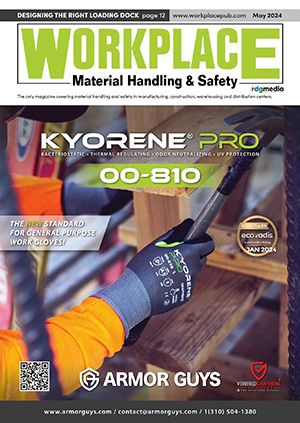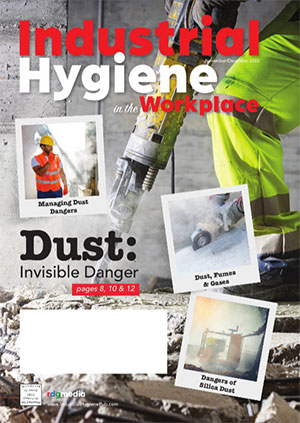When is it Time to Replace Your Work Gloves?
By: Rick Pedley, Contributor
 All gloves will eventually need to be replaced, especially if you’re wearing them all the time. In general, they shouldn’t be wearing out daily, but getting a few weeks out of a regularly used pair of gloves is considered a pretty good life.
All gloves will eventually need to be replaced, especially if you’re wearing them all the time. In general, they shouldn’t be wearing out daily, but getting a few weeks out of a regularly used pair of gloves is considered a pretty good life.
The length of time your glove lasts depends on several factors, including the type of glove it is, the work you’re doing while wearing it, how often and how long you’re doing that work, and how well you take care of your gear. This also makes it very subjective—you might use your gloves faster than your coworkers because of differences in how you work. So, consider these factors when you suspect it might be time to replace your work gloves.
Know What Durability Means for You
When workers and manufacturers use the word “durability,” they generally mean “longevity,” which is just another way of saying how long a worker can wear the glove before it’s considered “worn out” and no longer able to do its job. Unfortunately, this is a difficult quality to measure because there aren’t objective tests or standards, and often the wear life is determined by the job the glove is used for. When you’re looking at gloves to wear, look at measurable performance qualities like cut protection or resistance to chemicals and abrasion.
 Brush Up on Your Safety Skills
Brush Up on Your Safety Skills
Workers should be trained on all aspects of their job, and this includes equipment. There should be training for glove features, job applications, the impact of proper gear, how to identify wear and damage and recognizing when PPE is no longer able to do its job. This training will become even more crucial as the years go on and manufacturers develop new fabrics, technologies and methods that can help increase product durability and functionality.
Organized training through a workplace will make workers more likely to understand and therefore use work gloves, which lowers risk. Make training a continuous process for new and veteran employees alike to keep everyone’s skills fresh.
Look for Signs of Wear and Tear
While you may get away with holey or over-used gloves when doing basic house chores or DIY projects, job sites may hold gear to higher standards to best protect its workers. Generally, there are visual signs of when gloves have reached the point of being worn out. Look for color variations in the coating and liner, for instance. Some workers will throw out a pair of gloves when the coating wears through, and some when the glove itself is full of holes or the surface is completely abraded off—use your best judgment. It can only take a moment for a workplace accident to happen, so spend a few extra moments at the start of each shift to ensure that you’re ready to go.
Proper Care and Keeping
While all gloves will eventually wear out and need to be removed from service, you can prolong the life of your gloves with proper care and maintenance. Make inspecting them for damage a regular part of your workday routine, especially if they’ve encountered a lot of abuse. Look especially for breaks in the glove where skin is left vulnerable to temperatures, cuts, punctures, chemicals and other hazards. Make sure that you follow the manufacturer’s laundering directions as well. Launder the gloves as often as recommended and according to their directions, especially if they’re flame-resistant and need to be clean to be safe. And really, you should be washing your gloves anyway—you wouldn’t wear other clothes over and over without ever washing them, so why would your gloves be any different?
Accept that Sometimes it’s Necessary
Just like some gloves are designed to last for a long time, others are designed to be used once before being thrown out. If you’re using disposable gloves, it’s for a reason—specifically, that proper disposal of the glove and what it came in contact with is safer than reusing it. Medical, food service and janitorial work make use of disposable gloves. Sanitizing these gloves would be too intense of a process for the materials to handle, so they’re disposed of after use regardless of whether they’re worn out or damaged.
If it’s almost time to replace your gloves, choose a company of safety experts you can trust. Your hands are one of your most valuable tools, so make them a priority and keep them protected. WMHS
Rick Pedley is CEO of PK Safety, a company that has been helping people stay safe in the workplace for more than 70 years. For information about PK Safety’s safety gloves, gas detection devices, fall protection, respirators, confined space equipment and more, visit www.pksafety.com.



